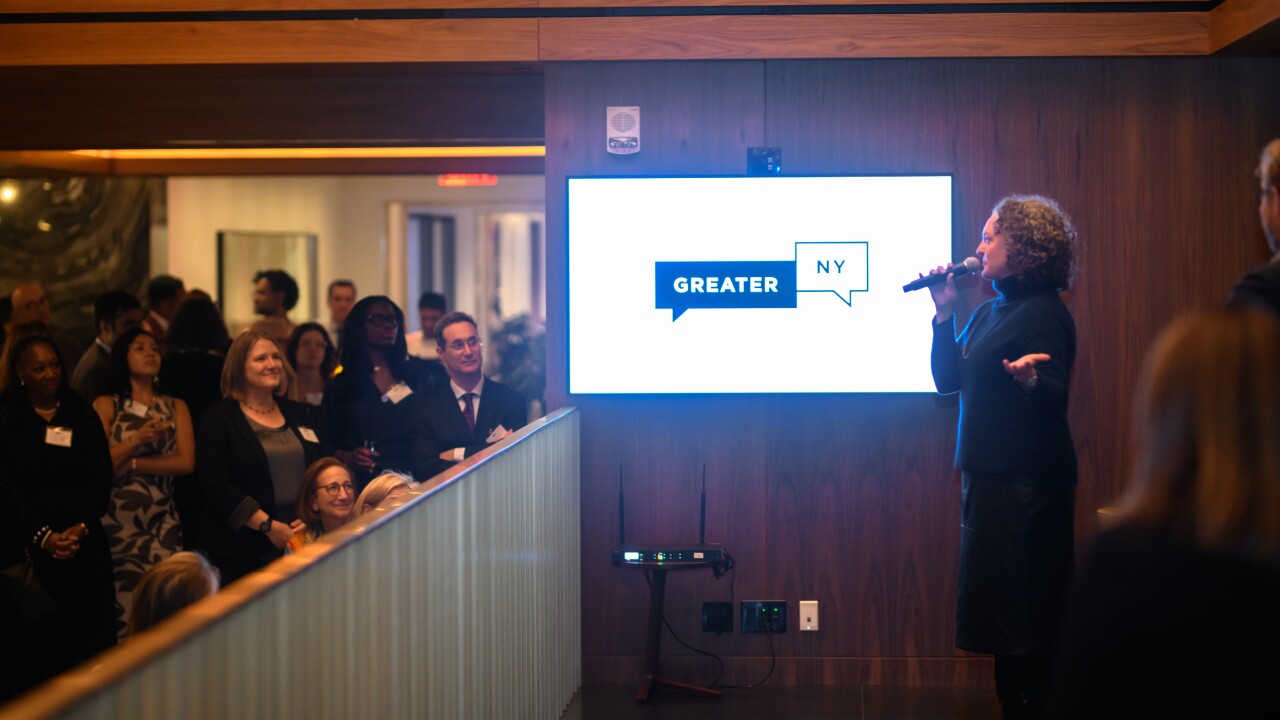-
Bankers are under heavy pressure to boost lending, but there are concerns that easing standards now could reignite the credit problems of the past couple years.
February 1
WASHINGTON — Though President Obama has pledged to divert billions into community banks willing to make small-business loans, many financial institutions say loans to smaller firms are falling into delinquency at a high rate.
More than half — 55.6% — of respondents to a Federal Reserve Board survey released Monday said the rate of delinquency on commercial and industrial loans to small firms is "moderately higher" than similar loans made to large firms. Another 13% said the loans to small firms fall into delinquency at a "substantially higher" rate.
The survey of 55 domestic banks comes less than a week after President Obama took the industry to task in his State of the Union address for not making enough loans, particularly to small businesses. He plans to funnel $30 billion from the Troubled Asset Relief Program to help community banks make small-business loans.
But the survey, released every three months, could fuel questions over whether small-business lending is risky. Still, the survey indicated that the massive clampdown on credit that began two years ago is receding though anxiety persists in several sectors, including commercial real estate.
As fewer bankers say they are clamping down on standards, the credit crunch is finally showing signs of thawing. Just 15.1% of respondents said they tightened standards on applications for prime mortgages, compared with 25.9% in November.
On applications for home equity lines of credit, 9.3% of bankers said they clamped down on standards, compared with 32.2% three months earlier.
Nearly 6% of bankers said they tightened standards on credit card applications, down from 15.8% in the last survey. Nearly three times as many respondents in November said they strengthened standards compared with the current survey.
Meanwhile, 11.5% of respondents said they were "more willing" to make consumer installment loans than they were three months ago, compared with just 3.8% who gave the same response in November.
Still, the good news was limited; fewer bankers clamping down did not translate into a greater number easing standards. Instead, a holding pattern of sorts has emerged.
Just 3.8% of respondents said they eased credit on prime mortgages and no easing was reported on nontraditional mortgage applications. Similarly, there was a single respondent whose bank eased credit on applications for home equity lines and 2.8% eased credit card standards.
Demand for most loans continued to falter, including prime and nontraditional home mortgages as well as home equity lines. A third of respondents said demand was off for all types of consumer loans three months ago and that number grew to 41.2%. Demand for commercial and industrial loans from large and midsize firms weakened over the past three months, according to 34.5% of the respondents. Demand for similar loans from small firms was also off, according to a third of the bankers.
Demand for commercial real estate loans also continued to weaken, according to 31% of respondents. More than 27% of respondents said they continued to toughen credit standards for CRE loans, down from 34% in November.
Nearly half of the respondents said they expect overall loan quality to continue deteriorating in 2010; just 14.5% expect an improvement.
As it does with every senior loan officer survey, the Fed posed special questions to bankers and found the industry is clamping down on an array of standards for CRE loans. More than half — 50.9% — said they are tougher on maximum loan size than they were a year ago. Nearly a third — 32.8% — said standards on maximum loan maturity were strengthened and 78.2% said they widened the spread of loan rates over the bank's cost of funds. More than 65% said they now institute tougher loan-to-value ratios.
In response to another special question, 37.8% said they expect further deterioration in loan quality for prime mortgages. Just under 19% expected an improvement. Nearly a third expect deterioration in home equity loans and a quarter expect a falloff in credit card loans.





